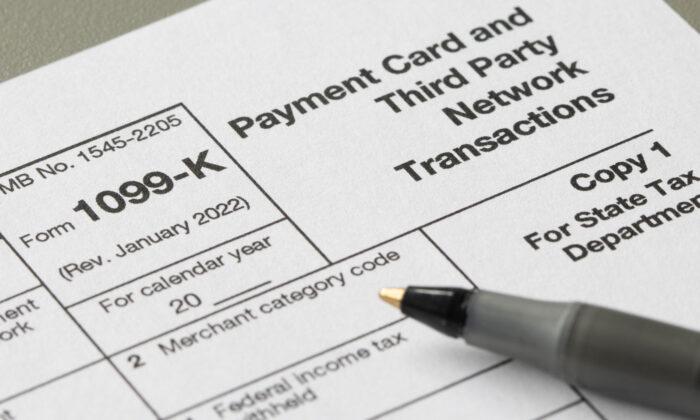The Internal Revenue Service (IRS) made an unusual announcement on June 9, raising the optional standard mileage rate for the final six months of 2022. The move comes as sky-high gas prices continue across the country.
The IRS hasn’t changed the mileage rate mid-year since 2011. Typically such increases are enacted in the fall, for the following tax year. This increase will take effect on July 1, 2022.
The rate for medical or moving travel also increased, from 18 cents per mile to 22 cents per mile.
A ‘Special Step’ to Help Taxpayers
The increase is intended to “better reflect the recent increase in fuel prices,” said IRS Commissioner Chuck Rettig in a news release dated June 9. The IRS is “taking this special step to help taxpayers, businesses and others who use this rate,” said Rettig.Who Is Eligible
Until 2018, employees could deduct mileage and other unreimbursed business expenses if these expenses exceeded more than 2 percent of their adjusted gross income. The 2017 Tax Cuts and Jobs Act (TCJA)—which also reduced tax rates and doubled the standard deduction—suspended most of those deductions.Moving Deduction Remains for Military
The TCJA also eliminated the standard mileage deduction for travel due to moving cross country for employment. Prior to 2018, if your employer was not going to reimburse you for travel costs, a standard mileage deduction could be taken.Employers Not Affected
Companies are not federally required to reimburse employees for mileage, although state laws vary. If they do, the employer may set the amount of reimbursement. However, says Business News Daily, if an employer’s reimbursement rate is higher than the IRS’s 62.5 cents, a portion of the reimbursement could be considered compensation and would be subject to taxes.What Is a Business Vehicle?
A vehicle must be used for business activities to qualify for the mileage rate deduction. It can be a car, SUV, or truck. Business vehicles that are dump trucks or vehicles used for hire, such as hotel shuttles, are not eligible for the mileage rate deduction. But certain taxi drivers, as well as drivers for services such as Uber and Lyft, are eligible because the drivers are self-employed.Mileage Deduction Adds Up
A self-employed individual can deduct mileage on personal cars used for business. Although you can’t deduct traveling to the office, you can deduct other business driving.If you deduct this mileage, the IRS requires a log with the date and activity. That log should include dates, destinations, the reason for travel, and mileage amounts.
Deducting Actual Expenses
The change in the IRS mileage rate doesn’t affect the actual expense deduction, an alternative to the mileage deduction.When using the actual expense method, a driver adds up all vehicle expenses. This includes loan interest payments, lease payments, insurance, and oil changes. Detailed record-keeping, with receipts, is required.
Once these are added up, they are multiplied by the percentage of business used. So, for instance, if you used your vehicle for business 50 percent of the time and your expenses were $8,000, your deduction would be $4,000.
Compare Deduction Results
Run the numbers when choosing whether to use a standard mileage deduction or actual expense deduction. Depending on the year, these two methods may produce different results. Turbotax advises drivers to keep records for both methods each year and compare the results at tax time.Key Takeaways
Because of rising gas prices, the IRS has increased the standard mileage rate deduction to 62.5 cents per mile.Although the increase lags way behind actual gas price increases, it still represents a potentially large saving for many drivers, particularly the self-employed. If you’re considering taking an actual expense deduction instead, run the numbers to see which method will save you the most at tax time.






